
How many water voles do we have?
Water voles may be Britain’s fastest declining mammal. This blog looks at why and how we can help them recover.

Water voles may be Britain’s fastest declining mammal. This blog looks at why and how we can help them recover.
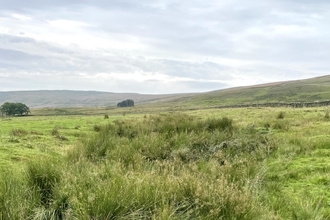
While upland rush pasture looks vastly different from ‘ideal’ water vole habitat, it is nevertheless vital to their continued presence in the North East. Read all about this important habitat in…
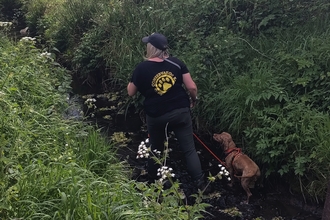
We can all look for the signs of water voles but we’re likely to miss most of them. So maybe our K-9 companions can help us find the voles of the North East. Blog by Sally Johnson - Conservation…
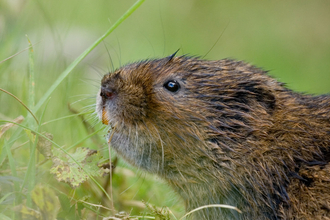
How do water voles (and ecologists) decide what is ‘good quality habitat’? by Emily Marshall, Naturally Native Project Officer
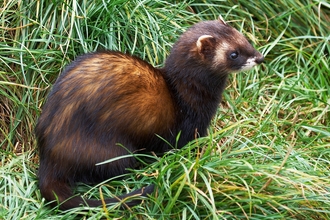
One native, one feral and one invasive. Could American mink halt the expansion of polecat range? Or is hybridisation with ferrets a bigger risk to their recovery? Naturally Native Project Officer…

From choosing their territory wisely, to building up a food store, find out how water voles prepare for winter - by Emily Marshall
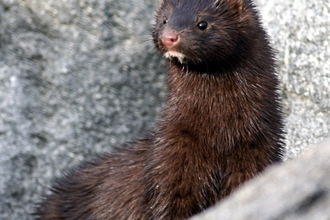
by Emily Marshall
With autumn just around the corner, we are now entering the American mink dispersal season.
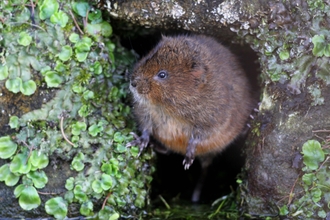
Naturally Native Project Officer Elliot Lea, takes a look at water voles in the Uplands and how these special areas are providing a refuge for Britain's fastest declining mammal.
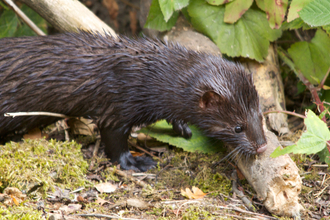
American mink are non-native and pose a threat to water voles in our region. Naturally Native Project Officer, Elliot Lea, takes a detailed look at this species and how we can help restore '…
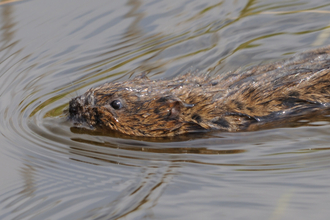
Kelly Hollings, Restoring Ratty Project Officer for Northumberland Wildlife Trust, explores the habits of these much-loved mammals.